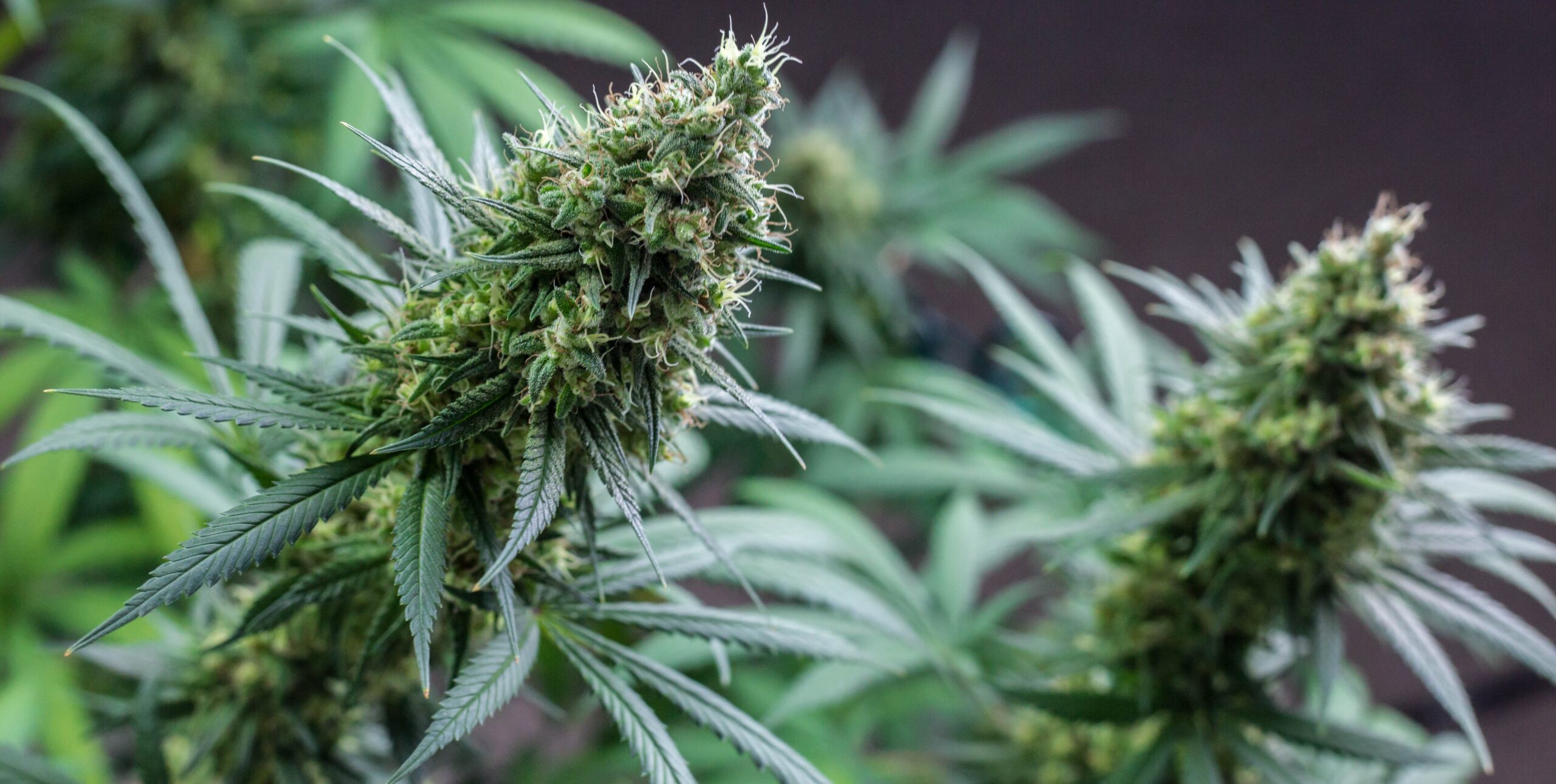
The Best Nutrients for Growing Autoflowers
Like all plants, autoflowers require nutrients to grow. But choosing the right nutrients for autoflowers and knowing how to apply them is crucial to getting the best results. The correct autoflower nutrients vary depending on the strain and growing conditions. And nutrient regimes differ from those for photoperiod plants. Appreciating these differences is important; knowing the best nutrients for autoflowers and understanding how to use them is essential to growing healthy plants with big yields. Grasp the fundamentals of feeding and you’ll be well on your way to a bountiful harvest.
Why Do Cannabis Plants Need Nutrients?
Plants generate the energy needed to grow through the process of photosynthesis. To undergo this process, they need light, carbon dioxide, water and nutrients. Without the necessary nutrients, photosynthesis may not take place at the required rate. This can cause stunted root development, poor growth and reduced flowering.
Nutrients can be categorized as macro and micro. Plants require significant amounts of the macronutrients nitrogen (N), phosphorus (P) and potassium (K), while micronutrients such as calcium, copper, sulfur, iron, magnesium, zinc, and manganese are absorbed in smaller quantities.
Macronutrients are commonly provided as a mixture of nitrogen, phosphorus and potassium. The correct potency and N-P-K ratio of a nutrient supply depend upon the stage of the growth cycle and vary from one plant to another. Different plants have precise feeding needs based on factors like size, genetics and speed of growth. It’s essential to know your strain and not take a one-size-fits-all approach to feeding.
The Right Nutrients for Autoflowers
Both photoperiod and autoflowering strains need nutrients to grow. But autoflowers require far less. This is due to a combination of their size, accelerated growth rates and genetics. Most autos reach the flowering phase within a few weeks — much quicker than their photoperiod counterparts — and are more compact; smaller plants with shorter lifespans require less feeding.
Autos also boast more robust genetics, thanks to the high proportion of ruderalis in their lineage. Besides giving autos their autoflowering properties, ruderalis strains have evolved to grow in harsh conditions. As such, they require fewer nutrients than photoperiods.
Organic Nutrients or Inorganic Nutrients: Which are Better?
Growers can use either organic or inorganic nutrients. Organic nutrients work by enriching the growing medium, breaking down existing compounds so that they are easier for plants to absorb. Inorganic nutrients deliver a precise nutrient blend direct to the roots. Both can be found in either slow-release or bottled forms.
Slow-Release Nutrients
Slow-release nutrients come as pellets or powders that can be pre-mixed with the growing medium or applied as a top dressing. They feed the plant by partially dissolving each time it’s watered — allowing growers to feed just once, provided they see no signs of deficiency.
Bottled Nutrients
Bottled nutrients are a type of liquid fertilizer. Most are synthetic, delivering nutrients directly to the roots and allowing growers to provide an exact nutrient blend. The drawback is that this enhances the risk of nutrient burn. Their synthetic nature means that many also kill the microorganisms in the growing medium, necessitating the application of additional micronutrients.
Ultimately, the optimum type of nutrients will depend upon a combination of personal preference and your growing method.
The Feeding Schedule
Identifying the correct feeding schedule is just as important as choosing the right nutrients. This varies from one grow to the next, and plants should be monitored throughout the growth cycle; if they display signs of over or underfeeding, it’s important to adjust their nutrients.
Growing medium has a huge impact on the feeding schedule. Many substrates have added nutrients, meaning they’ll adequately support a plant for the first several weeks of growth. If using a medium with additional nutrients, aim for a soil that’s airy and lightly fertilized, and give your plants only water until they reach the pre-flowering phase.
When feeding, beware that most cannabis nutrients base their suggested dosages on photoperiod plants. For autos, you should use just a fraction of the recommended amount. If in doubt, be cautious; underfeeding can be addressed by increasing the dosage of nutrients, but overfeeding takes longer to correct.
Once you plant your crops, the feeding schedule can be broken down into five phases:
- Seeding: Cannabis seedlings don’t require additional nutrients and are especially vulnerable to nutrient burn. Water will suffice for the first 1-2 weeks.
- Vegetative Phase: Veg nutrients require more nitrogen and typically come with an N-P-K ratio of 3:1:3 or 10:5:5. Plants should be given ⅛ strength veg nutrients after approximately ten days of growth, with quantities increasing to ¼ strength later in the vegetative phase. This supply of nitrogen will enhance stalk and leaf growth.
- Pre-Flowering: The “pre-flower stretch” is a period of accelerated growth that occurs during the first ten days of flowering. Given the short vegetative period of autos, it’s vital to make the most of this window. Increase the nitrogen supply by applying ½ strength veg nutrients. This will maximize vertical growth and increase final yields.
- Flowering: After pre-flowering, switch to nutrients that are high in phosphorus. Bloom nutrients have an N-P-K ratio of around 2:4:2 and stimulate the growth of bigger flowers. Excessive nitrogen supply will promote unnecessary leaf growth, costing plants valuable energy, so it’s important not to switch from veg nutrients too late. Start with ¼ strength bloom nutrients, gradually working up to ½ strength.
- Flushing: The absorption of nutrients throughout the growth cycle can cause plants to develop a nutrient build-up. Left unaddressed, this can negatively impact the scent and flavor of buds and make them harsher to smoke. You can rectify this by flushing your crops, giving them nothing but water for the final few weeks before harvest.
Overfeeding and Underfeeding
Avoiding over and underfeeding is vital when growing autoflowers. Their rapid growth cycles mean a large portion of a plant’s productive life can be lost in the event of nutrient burn or deficiency. It’s important to be vigilant for signs of both and rectify the problem quickly if it occurs.
Nutrient burn caused by overfeeding presents as a yellowing at the tips of leaves. If feeding isn’t adjusted, tips will brown and whole leaves will become “burned”. This stress inhibits the plant’s ability to photosynthesize and grow and can even cause it to die. A subsequent accumulation of nutrients in the soil can also create a salt build-up that prevents roots from accessing new nutrients. Known as a nutrient lockout, this consequence of overfeeding misleadingly resembles nutrient deficiency.
In the event of overfeeding, treat by flushing the plant for the next several waterings, continuing until there are signs of recovery.
Unsurprisingly, underfeeding can also harm your plants. Without the necessary nutrients, they won’t be able to photosynthesize properly and produce the sugars they need to grow. As mentioned, nutrient deficiency and nutrient burn often look similar, though you should be able to tell which it is based on the amount you’ve fed your plants.
Their resilience means some autos still grow okay without nutrients. But underfeeding can still result in stunted growth and reduced yields. Luckily, it’s easier to fix than overfeeding: just gradually increase the supply of nutrients.
To Sum It Up
When it comes to nutrients for autoflowers, it’s vital you get it right. Both overfeeding and underfeeding can harm your plants, affect the quality of your crop and reduce your yields. But thankfully, using the best nutrients for autoflowers isn’t too hard. It’s essentially a case of understanding what to use and when, and closely monitoring your plants. Apply autoflower nutrients correctly, at the right times in the growth cycle, and your plants will thrive.
8 Replies to “The Best Nutrients for Growing Autoflowers”
Leave a Reply
You must be logged in to post a comment.

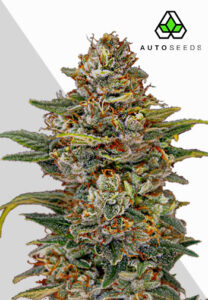
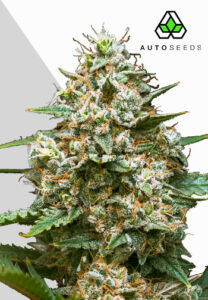
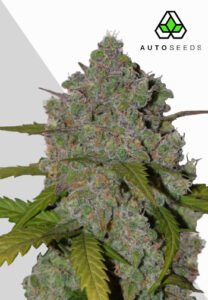

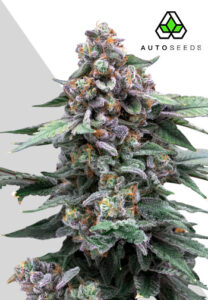
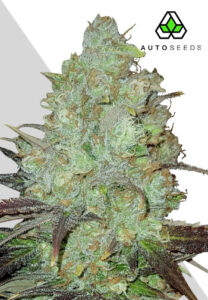

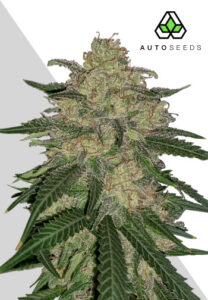

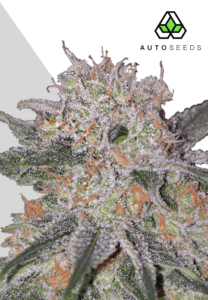
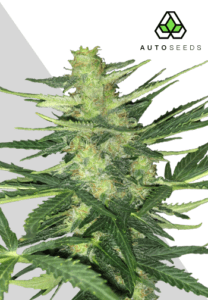
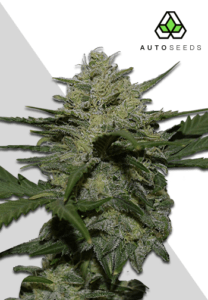
I am growing outdoors my first time using autos.is the medium And containers that i have been using be good for auto flowering plants
I am a new grower. Does anybody have specific brands of nutrients to recommend for use in growing autoflowers? I haven’t decided on using organic or non-organic nutrients. I’m willing and able to learn different ratios of nutrients. If planned right, I will have ten sets of autoflowers coming off this summer. I’ve been a farmer all my life so I’m not new to growing plants and grains, but I am new to growing green. Thanks!
I’ve been using Biobizz which is a collection of organic fertilizers. You can buy a starter kit with 5 different types which are mixed throughout the grow period. I’ve gone from a max of 65-80cm to 100-135cm with it 😀 The tallest one being a Diesel Berry. So a big recommendation from here
Try “Fox Farms Trio” of nutrients.They are organic and Fox Farms have an excellent reputation and they also provide a feeding schedule for their products.Its the only nutrients that I use.If nothing else,just STAY AWAY from ” Time Released ” FERTILIZERS”!
What brand of fertilizer would you recommend. Oh have you ears if anybody using phosphite?
Go with ” Fox Farms” nutrient trio. They will provide a feeding schedule with the recommended dosage.They are also organic and very potent!
i use a mixture of orgnic seaweed feed, and sheep manure tea.
Humboldts Secret. They have 2 different starter packs. Makes 125-150gallons depending on how high ppm is. I’d get starter pack #2 with Sweet n Sticky and Stacker. My medium is Fox Farm Happy Frog. I’ve had amazing results for 2years running Auto’s like this.
Etho’s genetics.